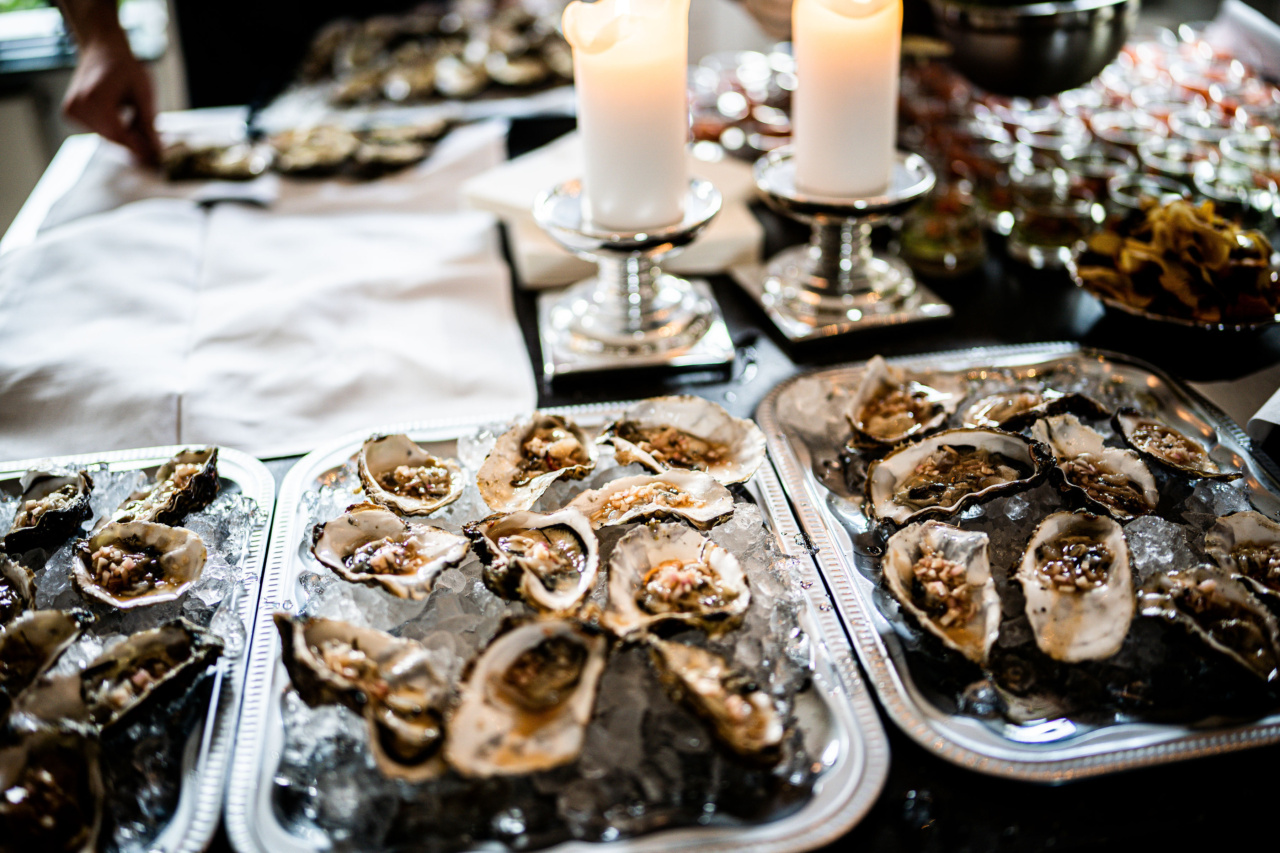The holiday season is a time for celebration and indulging in delicious food. However, it’s also important to prioritize your health and make smart choices, especially when it comes to your Christmas meal.
With a few simple tips and tricks, you can enjoy a festive feast without compromising on your well-being. Here are some ideas to help you create a healthy and satisfying Christmas menu.
1. Start with a colorful and nutritious appetizer
Kick off your Christmas meal with a vibrant and nutrient-rich appetizer. Include a variety of colorful vegetables such as bell peppers, cherry tomatoes, and cucumber slices. Serve them with a healthy dip like hummus or homemade yogurt-based sauces.
These options are low in calories and high in vitamins, fiber, and antioxidants.
2. Choose lean protein sources
When it comes to the main course, opt for lean protein sources such as roasted turkey, skinless chicken breast, or grilled fish. These protein-packed options are lower in fat and calories compared to traditional alternatives like ham or goose.
They are also excellent sources of vital nutrients like zinc, iron, and B vitamins.
3. Load up on vegetables
Vegetables are an essential part of any balanced meal, and Christmas dinner is no exception. Fill your plate with an array of colorful vegetables like Brussels sprouts, roasted carrots, and green beans.
Not only do they add a pop of color to your plate, but they also provide essential vitamins, minerals, and dietary fiber.
4. Opt for whole grain alternatives
Swap refined grains like white bread or pasta with whole grain options. Choose whole wheat rolls or bread for your dinner table and opt for whole grain pasta or quinoa for any side dishes you plan to prepare.
Whole grains are rich in fiber, which helps to promote a healthy digestive system and keep you feeling fuller for longer.
5. Keep portion sizes in check
During festive meals, it’s easy to overindulge and eat larger portions than necessary. Be mindful of your portion sizes and listen to your body’s hunger cues. Fill your plate with appropriate amounts of protein, vegetables, and carbohydrates.
This way, you can savor each dish without feeling overly stuffed or dealing with post-meal discomfort.
6. Practice mindful eating
Mindful eating is a practice that involves being fully present during your meal and paying attention to each bite. Slow down and savor the flavors and textures of the food.
This allows you to enjoy your Christmas meal thoroughly while also being more aware of your body’s satiety cues and preventing overeating.
7. Limit added sugars
Christmas is notorious for its sugary treats and desserts, but excessive consumption of added sugars can have negative effects on your health.
Instead of loading up on sugary treats, try healthier alternatives like fruit salad or a homemade fruit-based dessert. If you do indulge in sweets, do so in moderation and opt for smaller portions.
8. Stay hydrated
Amidst the excitement and busyness of Christmas, it’s easy to forget to drink enough water. Staying hydrated is essential for your overall well-being and can also help you make healthier food choices.
Keep a water bottle nearby and make sure to drink an adequate amount of water throughout the day.
9. Get creative with healthy side dishes
Instead of traditional high-calorie side dishes like creamy mashed potatoes or buttery casseroles, experiment with healthier options. Roast some seasonal vegetables with a sprinkle of olive oil and herbs.
Make a delicious and nutritious sweet potato casserole with a topping of chopped nuts and a touch of maple syrup. There are countless ways to put a healthy twist on classic dishes!.
10. End with a light and refreshing dessert
Finish off your Christmas meal with a light and refreshing dessert. Consider serving a fruit sorbet or yogurt parfait loaded with fresh berries.
These options provide a satisfying end to the meal without being overly heavy or laden with excessive calories.































